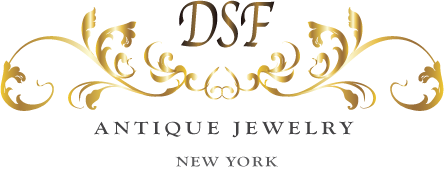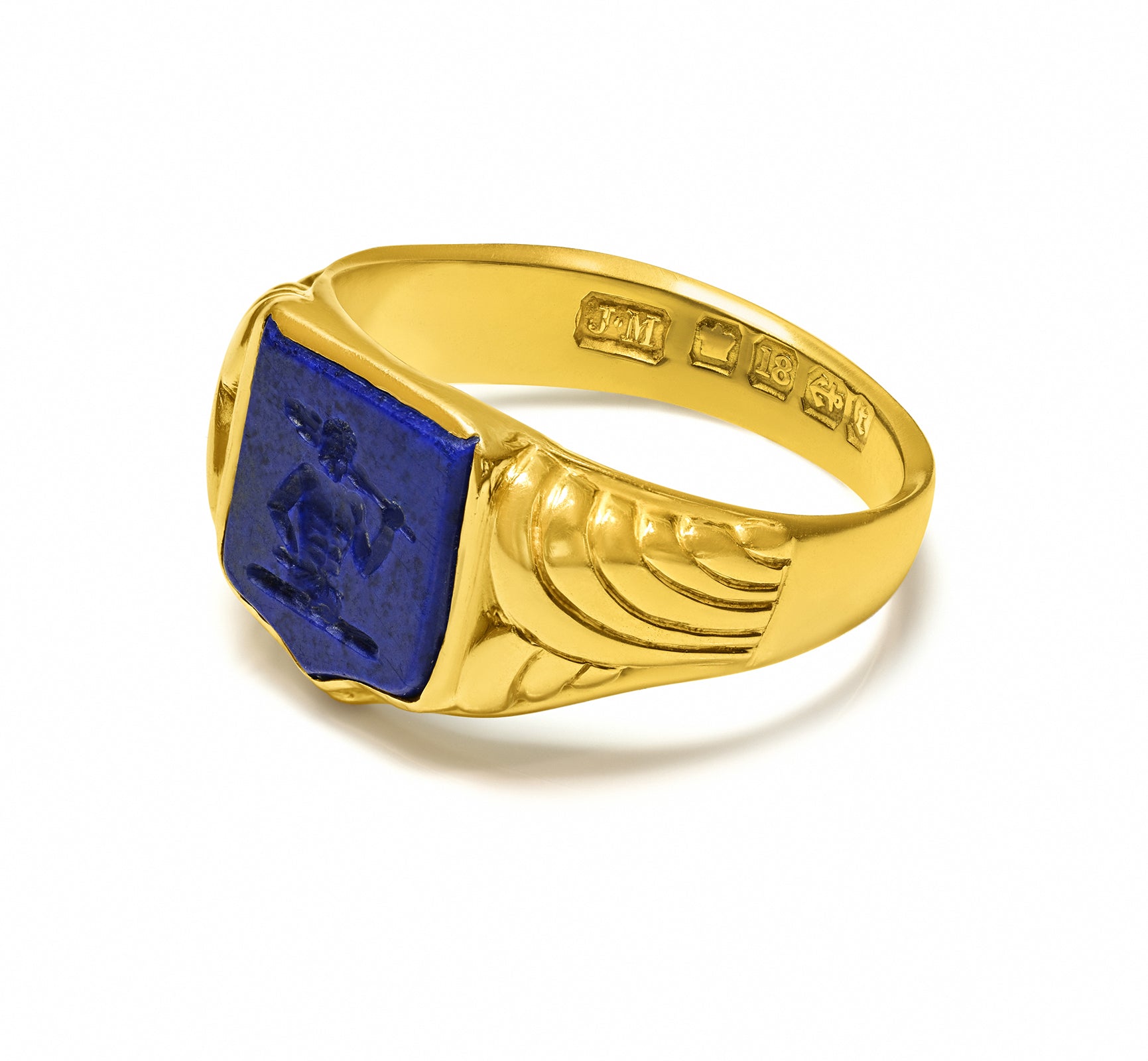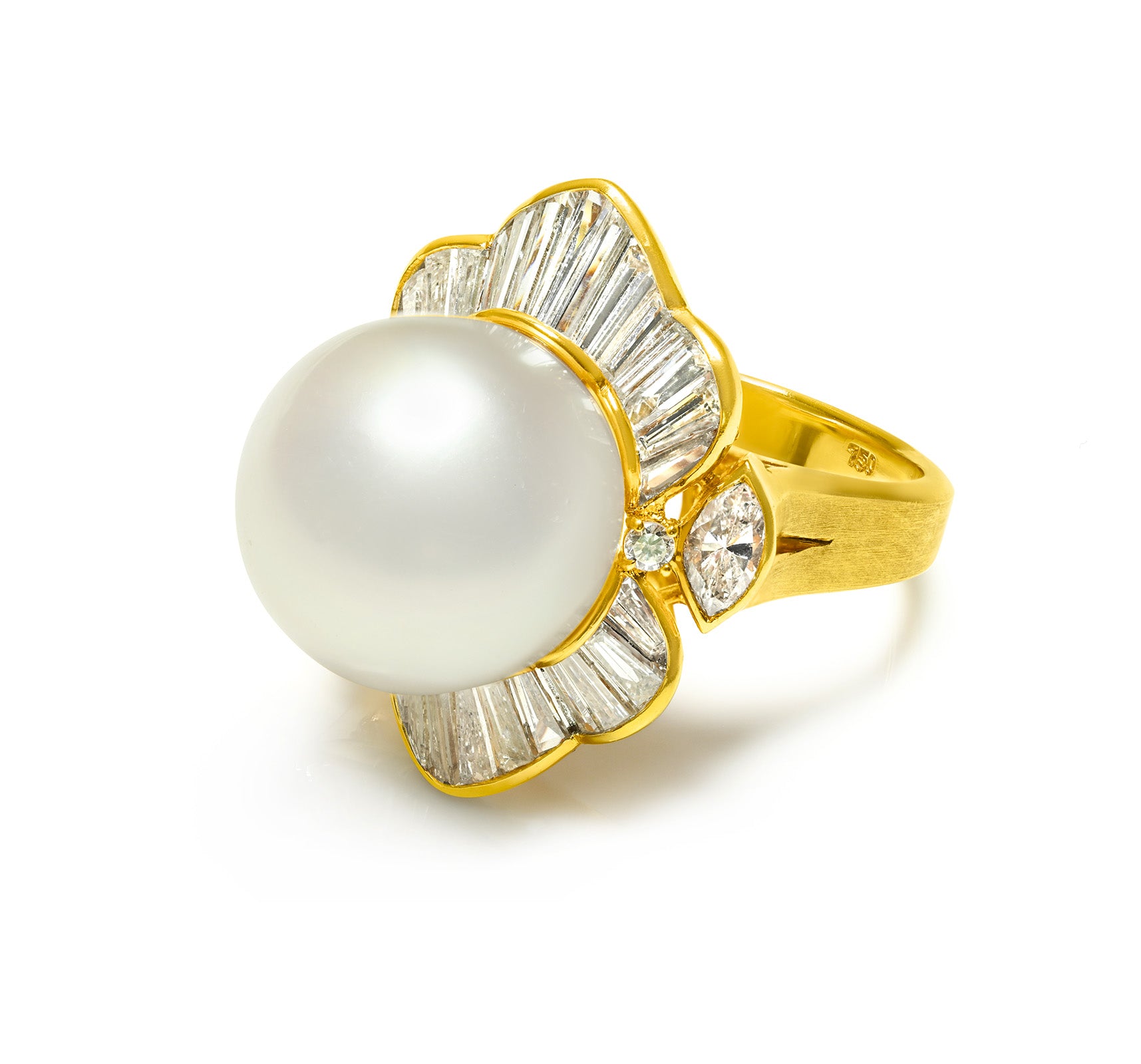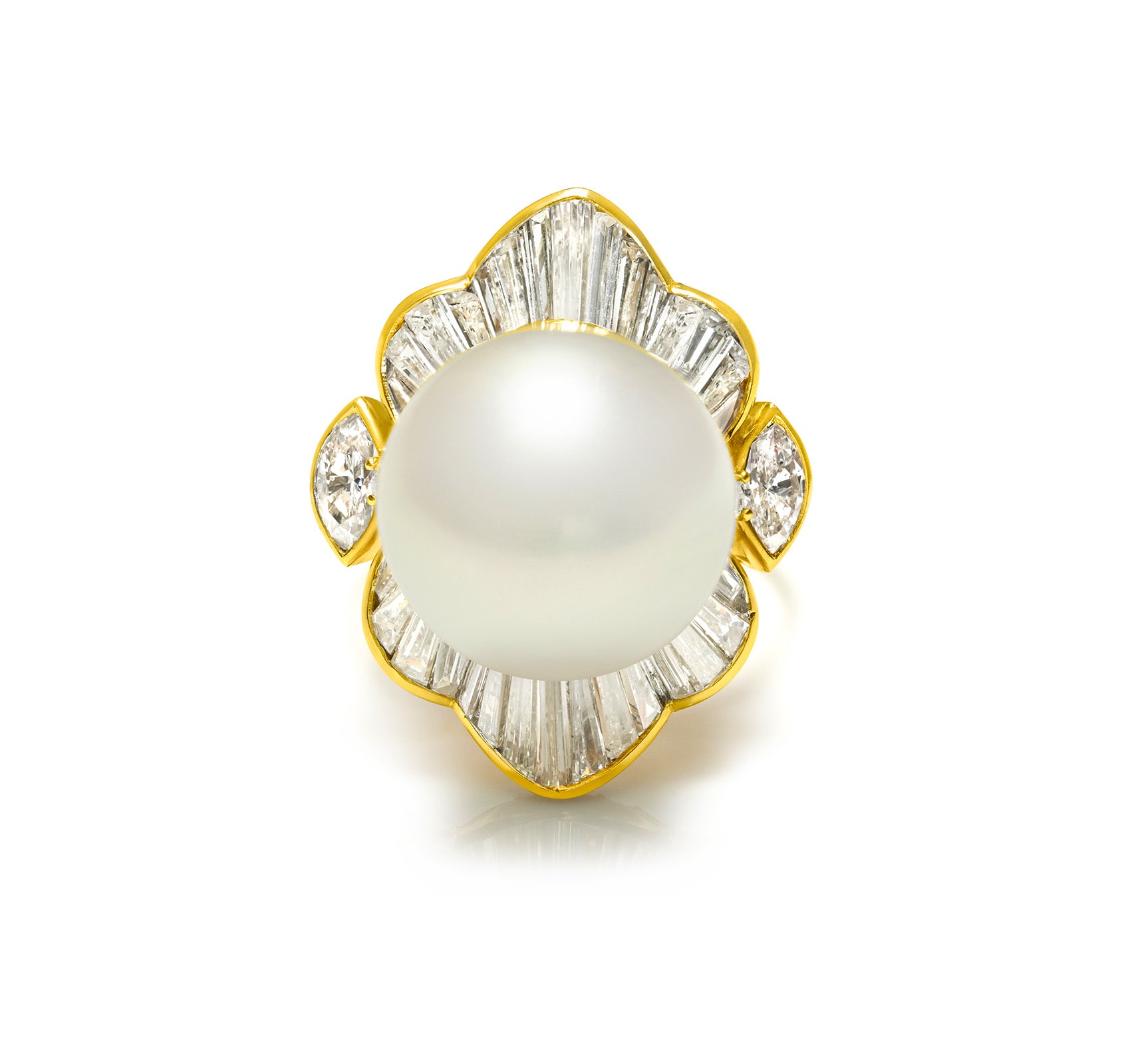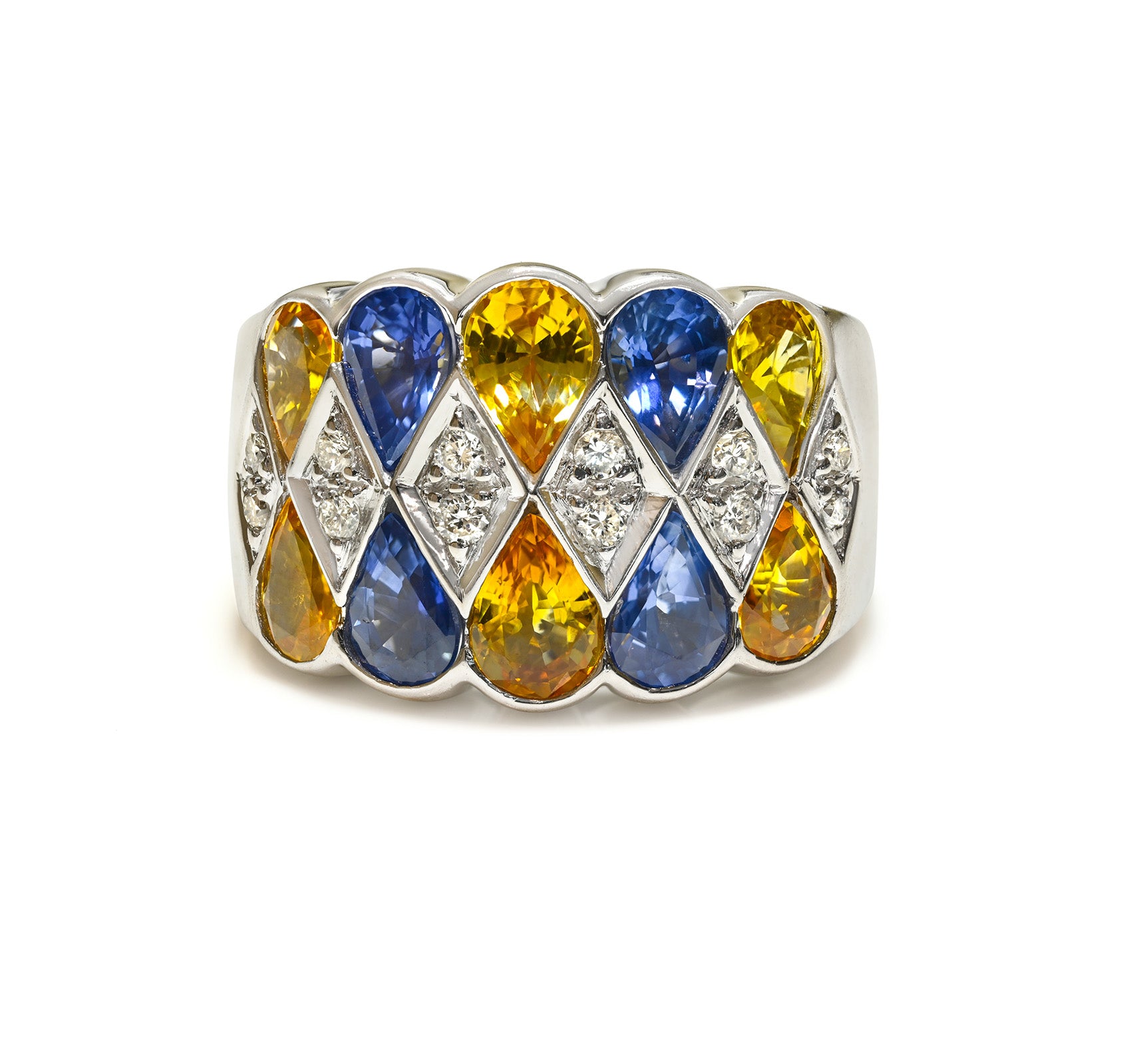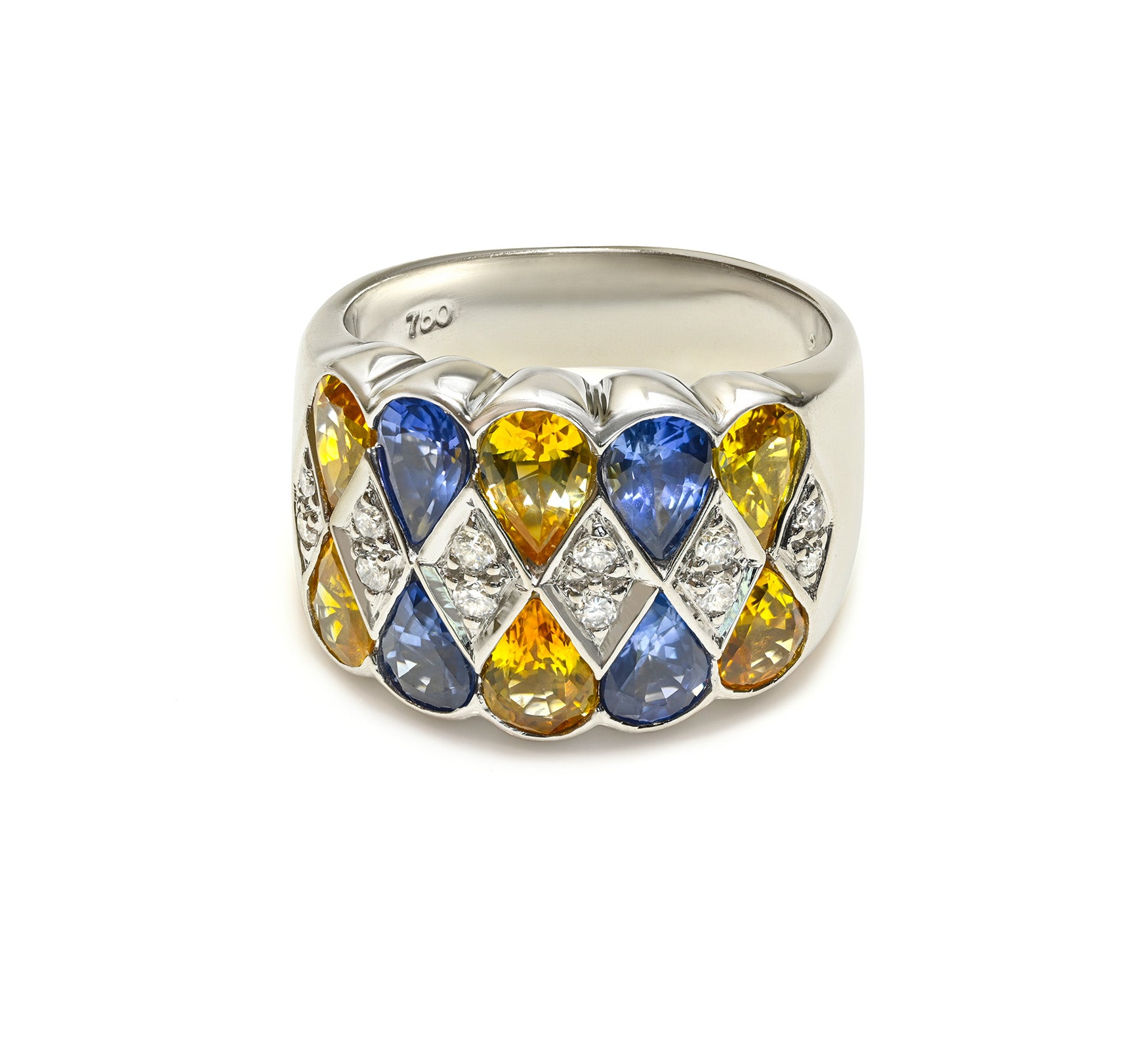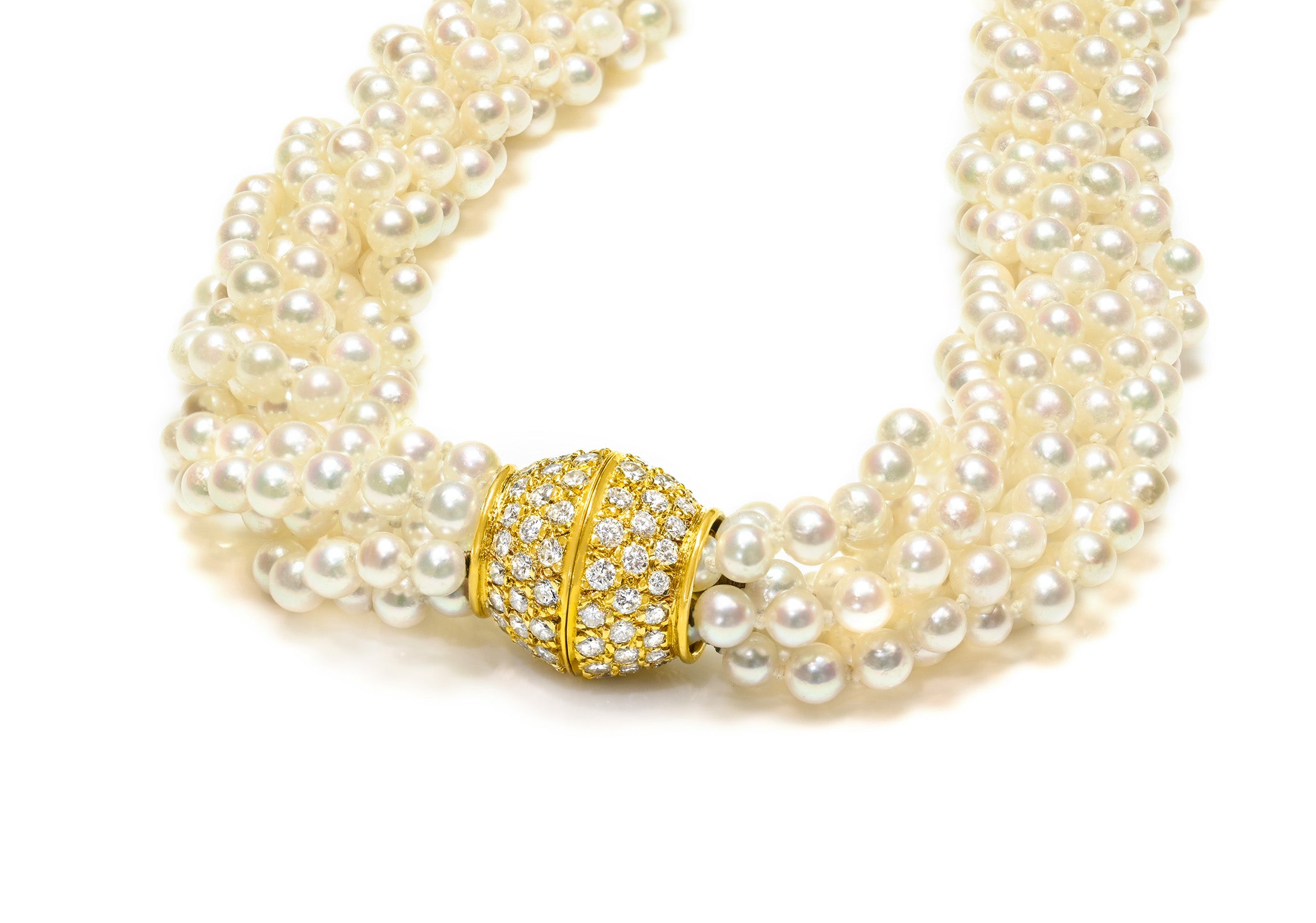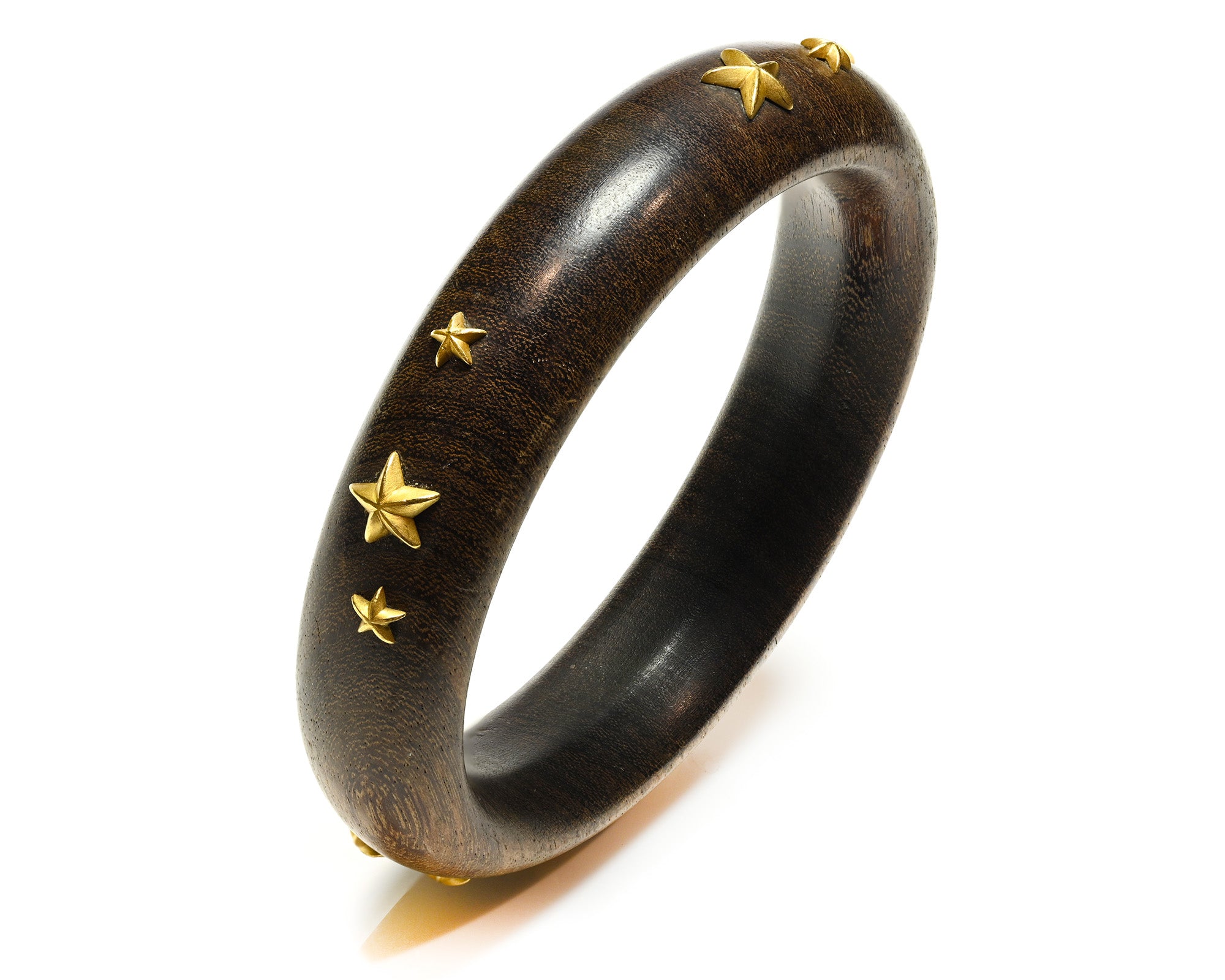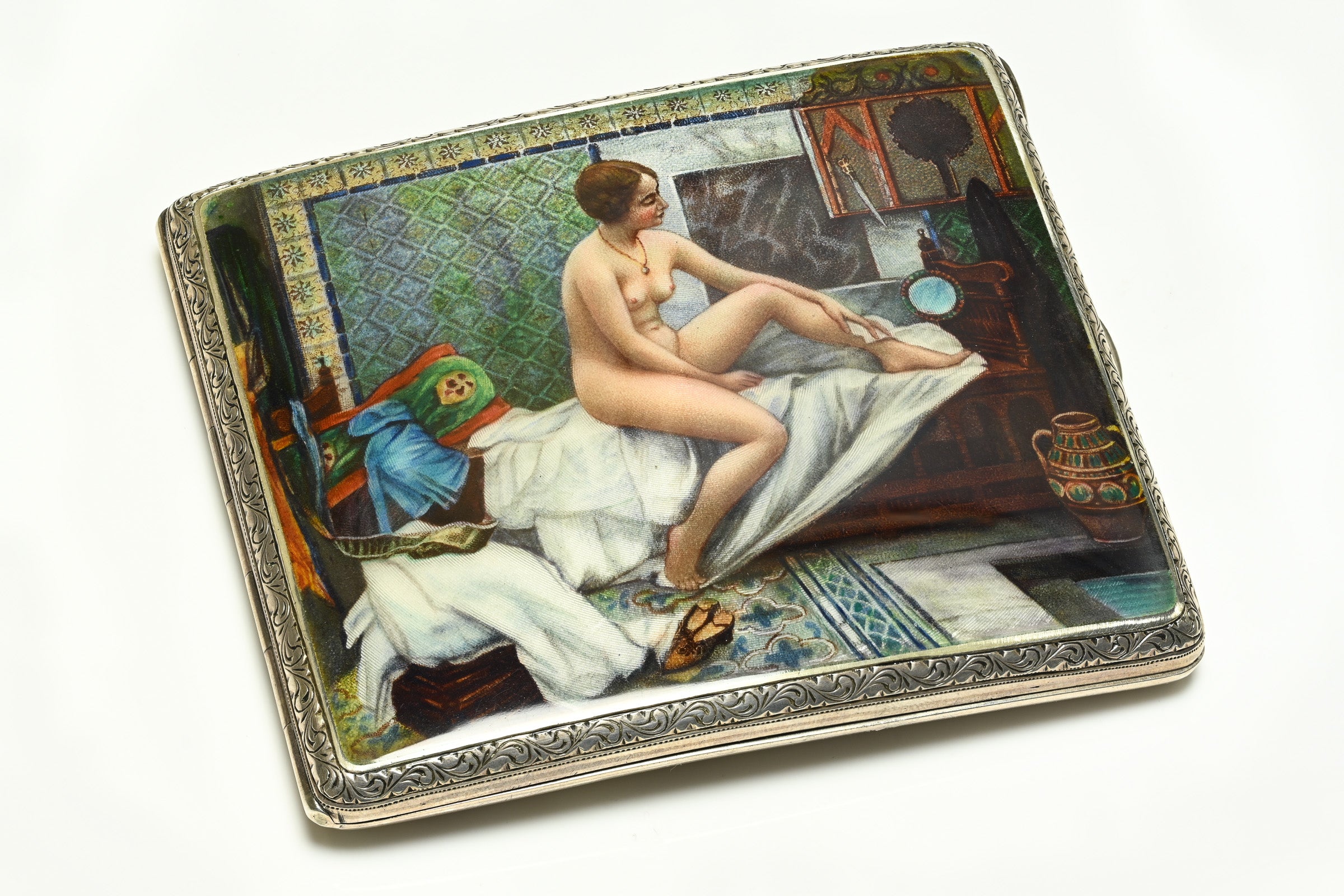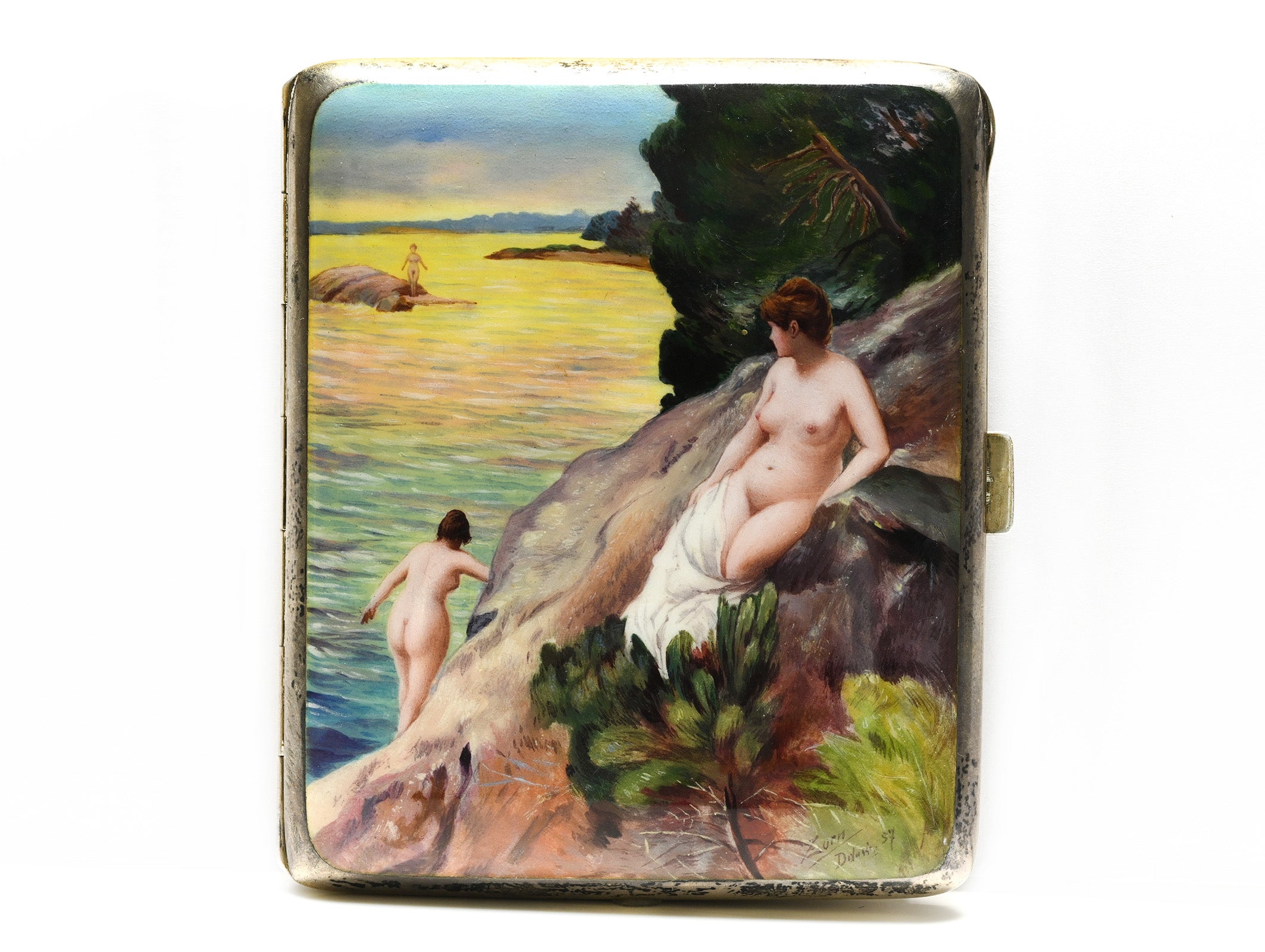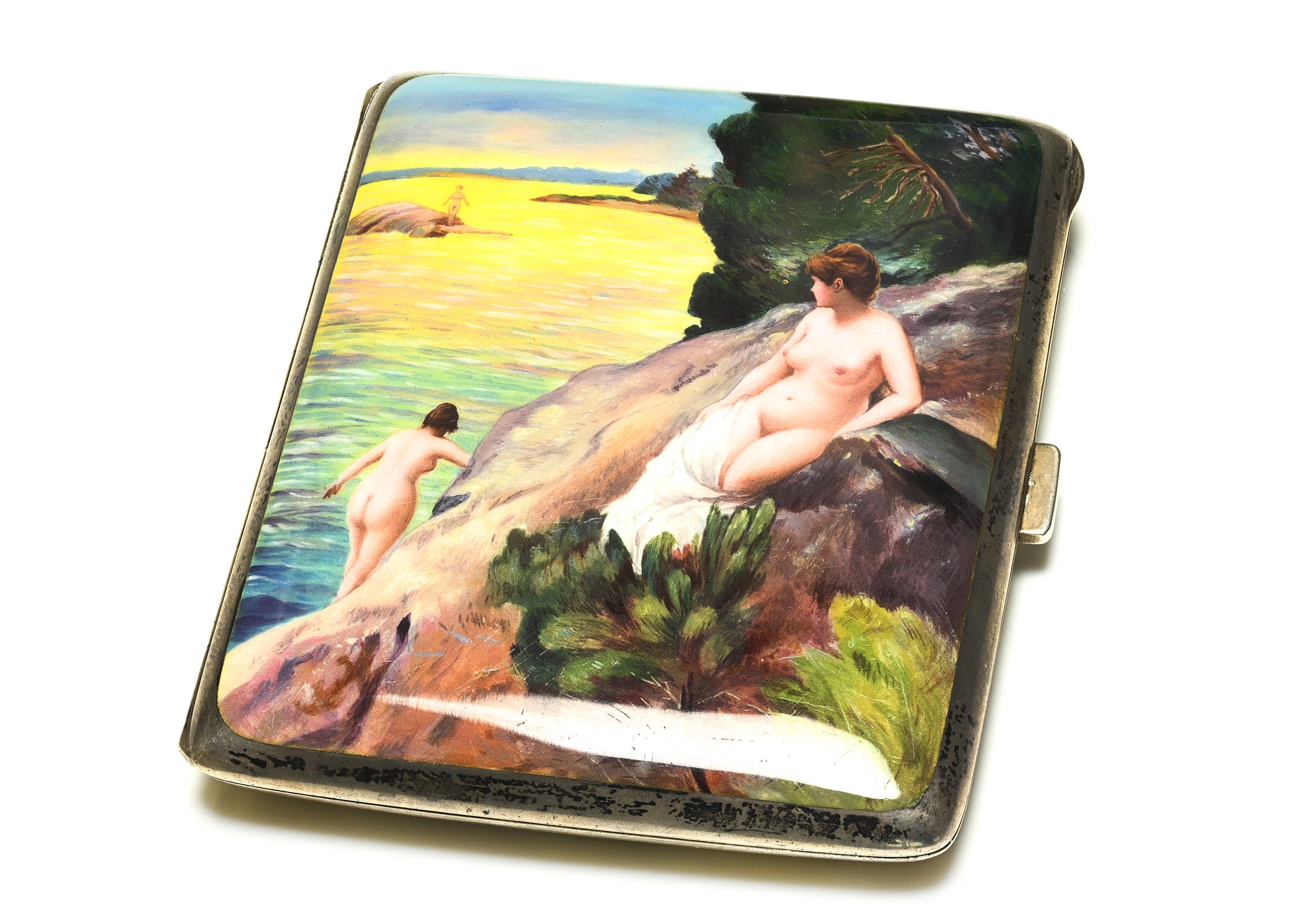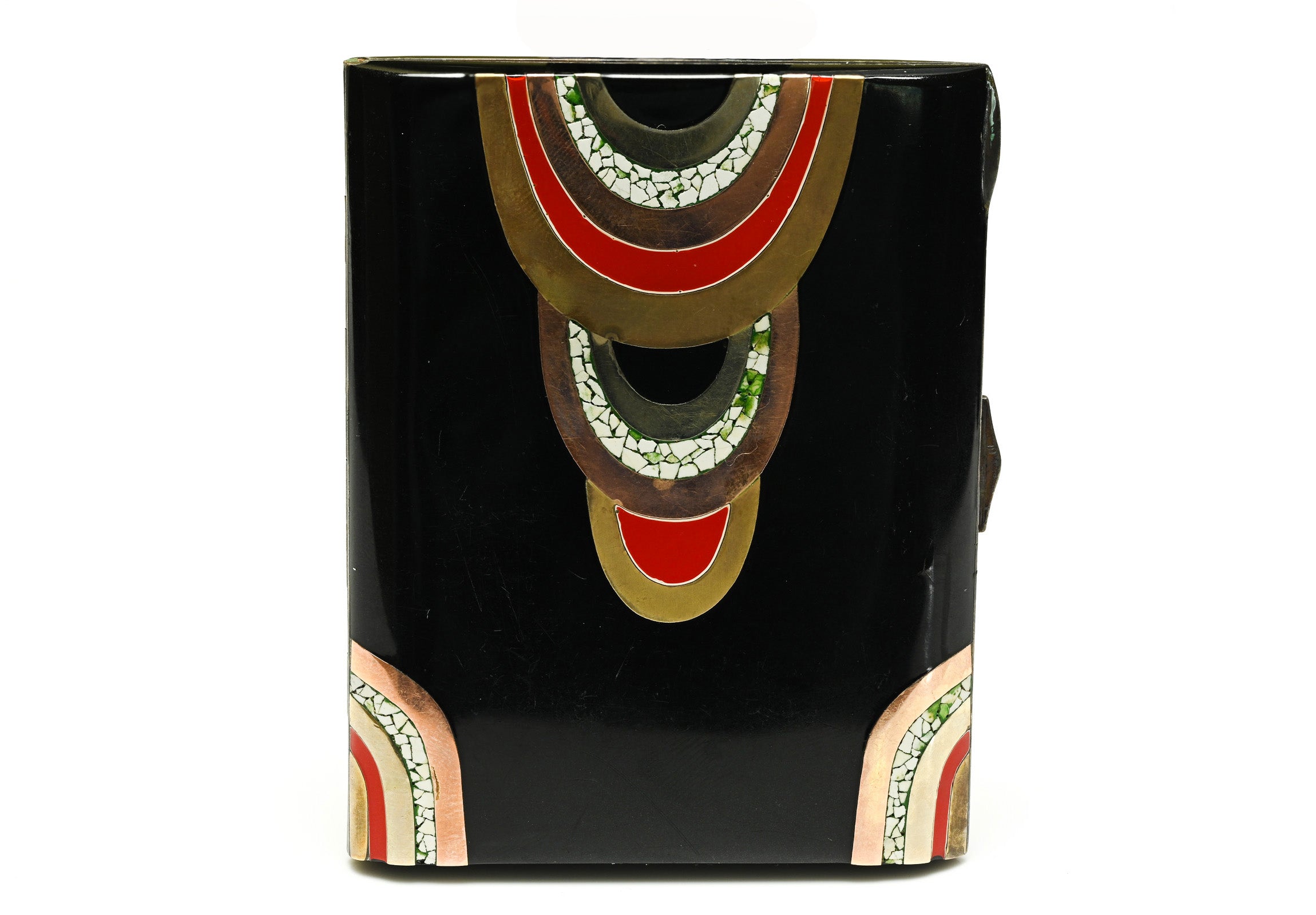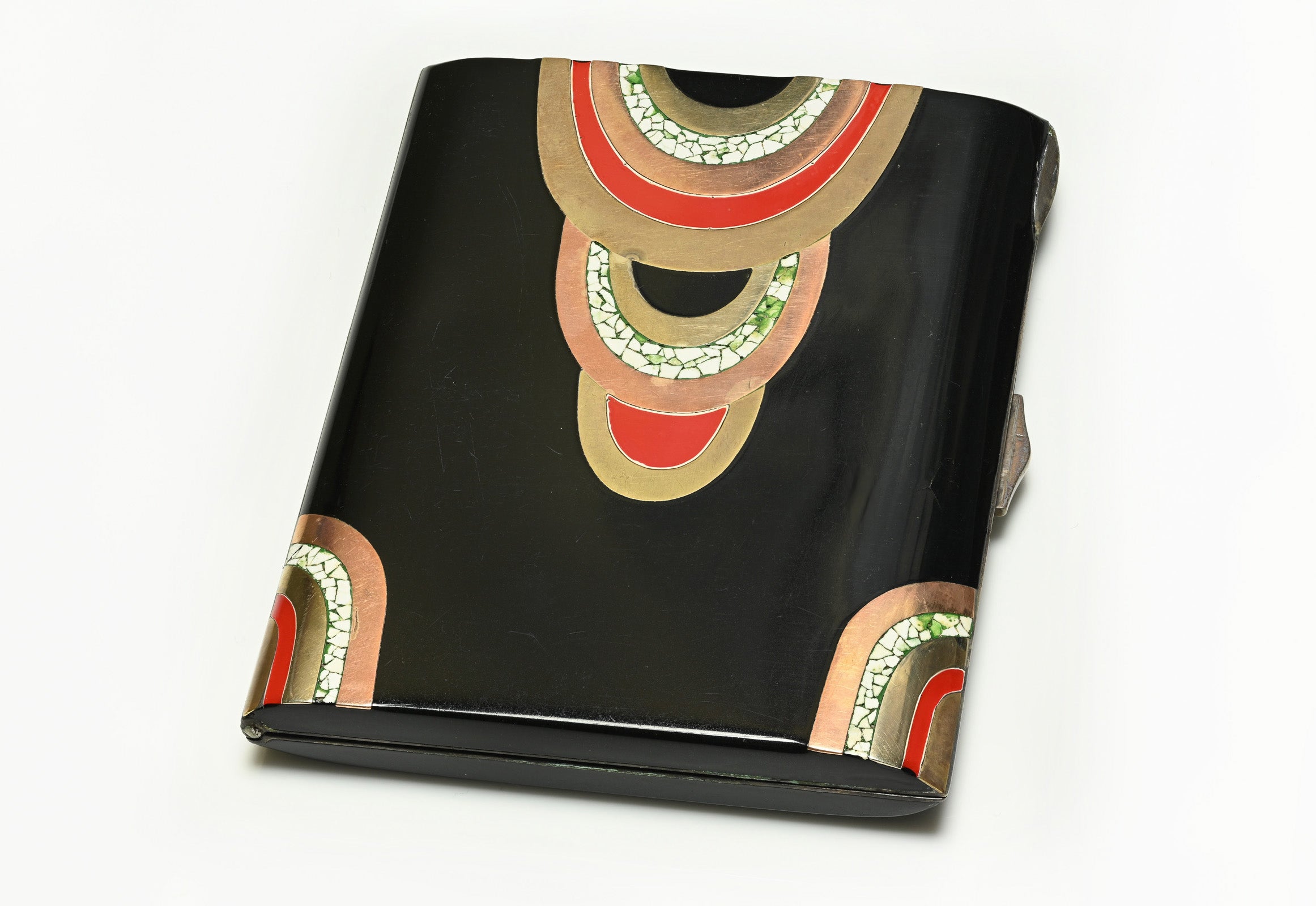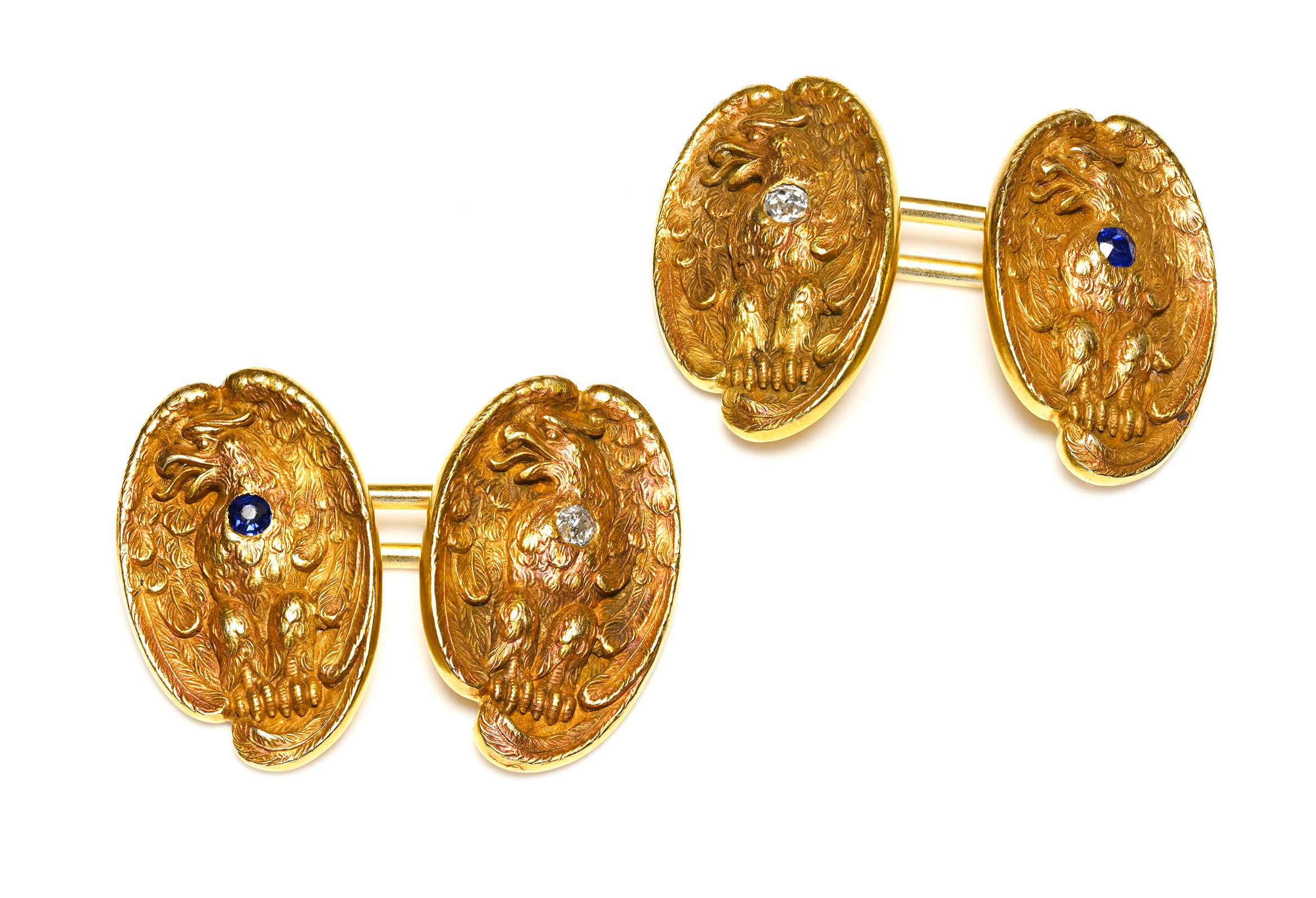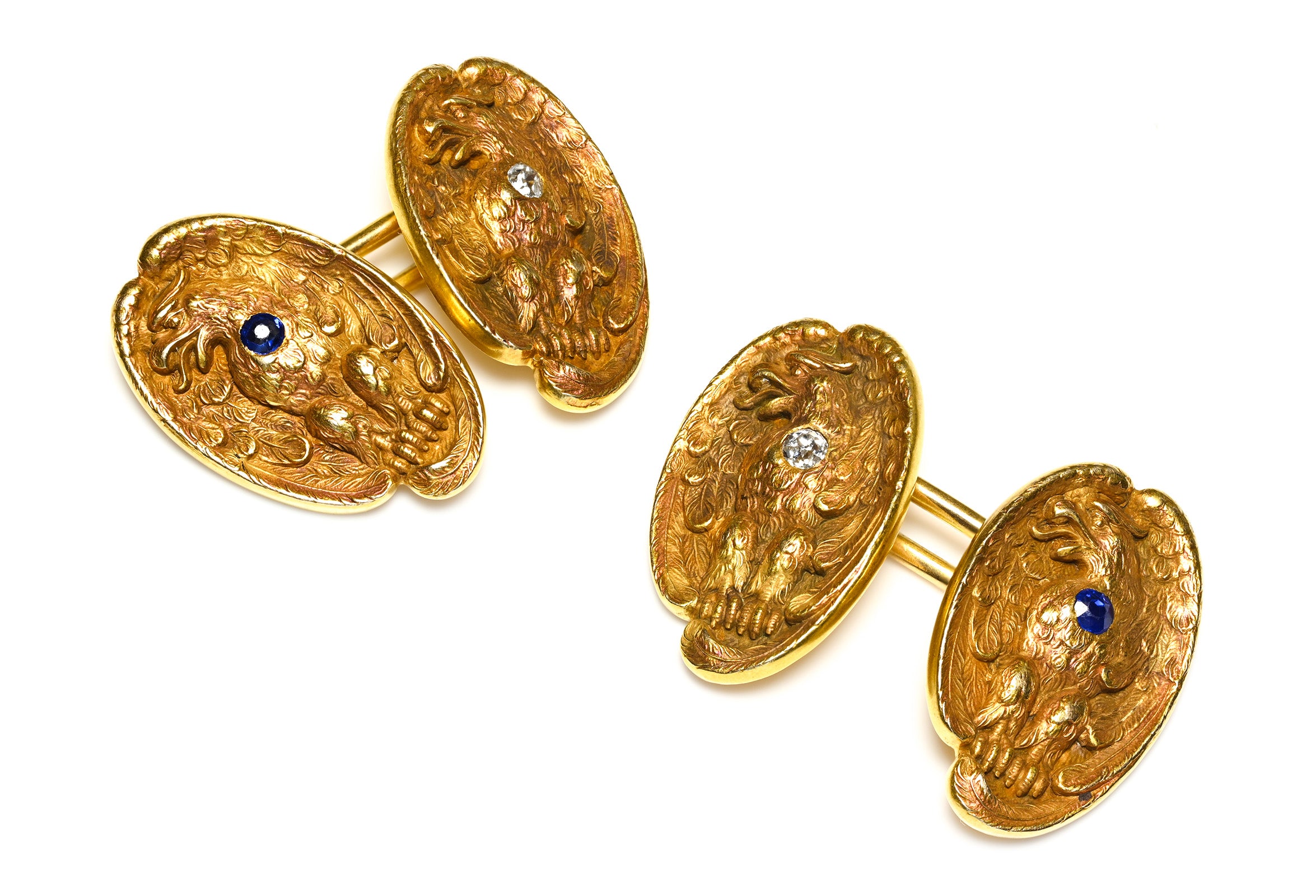
British Hallmarks: How to Identify Genuine Antique Gold and Silver Jewelry
Why Hallmarks Matter
In the world of antique and vintage jewelry, hallmarks are silent storytellers. Stamped into the surface of gold or silver, these tiny symbols unlock a wealth of information — revealing where a piece was assayed, what metal it contains, and even the year it was certified. For collectors, historians, and connoisseurs alike, understanding hallmarks is key to authenticating a jewel’s origin and value.
Hallmark analysis is a crucial step in identifying precious items. Whether you’re evaluating a Victorian gold ring, a Georgian silver snuff box, or a 20th-century bracelet, reading hallmarks correctly can mean the difference between treasure and trinket.
In this guide, we’ll walk you through everything you need to know about British hallmarks, including assay office symbols, metal standards, and how to spot genuine antique pieces.
Understanding British Hallmarks
British hallmarking is one of the oldest and most reliable systems in the world. Dating back to the 14th century, the system was established to protect buyers and regulate the trade in precious metals. Every genuine gold, silver, or platinum item sold in the UK is legally required to bear a hallmark unless it is under a certain weight threshold (e.g., 1.0 gram for gold, 7.78 grams for silver).
A full traditional British hallmark includes:
-
The Sponsor's mark – Identifies the maker or importer
-
The Standard mark – Indicates the metal type and purity (e.g., 18K gold)
-
The Assay Office mark – Shows where the item was tested and hallmarked
-
The Date letter – A code denoting the year of hallmarking
While modern hallmarks are often laser-etched and easy to read, antique hallmarks were struck by hand — making them beautiful, varied, and sometimes challenging to decipher.
Assay Offices and Their Marks
One of the most important elements of a hallmark is the assay office symbol. The UK currently has four active assay offices, each with a distinct emblem that has evolved over time.
Here is a complete chart showing the hallmark symbols used before and after 1975:

Let’s break them down by city:
London
-
Prior to 1975: The lion’s head was used for gold and sterling silver. Britannia silver had its own special mark (helmeted figure).
-
From 1975 onward: The lion head continued, now also covering platinum items.
Birmingham
-
Prior to 1975: The anchor symbol was used separately for gold and silver.
-
From 1975: The anchor still represents Birmingham, used for gold, platinum, and silver.
Sheffield
-
Pre-1975: A crown (gold) and a rose (silver) were used.
-
Post-1975: Only the rose was retained, now used for all precious metals.
Edinburgh
-
Always: The castle symbol has remained unchanged for both gold and silver.
-
From 1975: Extended to cover all metals.
Each symbol can help you identify not only the geographic origin of a piece but also its authenticity. A lion head on an 18K gold Victorian ring instantly suggests London origin — a detail that adds both credibility and historical depth to the jewel.

Metal Types & Hallmark Symbols
Hallmarks are not just about location — they also confirm the purity of the metal. In the British hallmarking system, standardized symbols are used to indicate the type and fineness of the metal. These symbols are critical when identifying genuine antique pieces.
Gold
Gold purity is marked using numerical values that correspond to karat standards:
-
375 – 9 karat gold (37.5% pure)
-
585 – 14 karat gold (58.5% pure)
-
750 – 18 karat gold (75% pure)
-
916 – 22 karat gold (91.6% pure)
-
990 / 999 – 24 karat gold (99–99.9% pure)
Antique gold jewelry from the UK most commonly features 18K or 22K marks. Some very early Victorian and Georgian pieces may lack numerical marks but will still have assay office symbols and possibly a maker’s mark.
Silver
The two primary standards for silver in the UK are:
-
Sterling Silver – marked as 925, indicating 92.5% silver content. This is typically accompanied by a lion passant symbol.
-
Britannia Silver – marked as 958, meaning 95.8% purity. The Britannia mark (a seated figure with a shield) was made compulsory between 1697 and 1720 and is still used today on higher-purity silver pieces.
Platinum
Platinum hallmarks are a more recent addition, generally marked as:
-
950 – 95% platinum
-
Symbol: An orb with a cross or “PLAT” with a number
Platinum was formally recognized in British hallmarking only in the 20th century, so it is not found on Georgian or Victorian items.
Date Letters and Maker’s Marks
One of the most fascinating parts of a British hallmark is the date letter, which can precisely indicate the year in which a piece was assayed.
Each assay office used a distinct letter font and case (uppercase or lowercase), rotating through the alphabet over 25-year cycles. For example, a lowercase “f” in Gothic font could mean 1843 in London, while a different font “f” might indicate 1903 in Birmingham.
To read a date letter correctly, you must:
-
Identify the assay office
-
Compare the font style to official hallmarking tables
-
Check for context clues in the piece’s design
In addition to date letters, most antique pieces will carry a maker’s mark (also called a sponsor’s mark), usually in the form of initials inside a cartouche (a shield-like shape). These marks can be traced to individual goldsmiths, silversmiths, or manufacturers. Some of the most collectible antique jewelry bears the initials of well-known designers or historic workshops.
Common Misconceptions About Hallmarks
Because hallmarking is a technical subject, many misconceptions persist. Here are some of the most frequent misunderstandings we encounter at DSF Antique Jewelry:
“Is 375 gold fake?”
No. 375 indicates 9K gold, which is legally recognized and commonly used in the UK and Europe. While it is less pure than 18K or 22K, it is still real gold.
“All old jewelry should have hallmarks.”
Not necessarily. Some Georgian and early Victorian pieces may lack hallmarks due to:
-
Wear over time
-
Custom or private commissions
-
Exemptions for certain sizes or weights
“A hallmark guarantees authenticity.”
Hallmarks help verify authenticity, but they should always be considered alongside design, craftsmanship, provenance, and other physical indicators. Fakes sometimes include simulated marks, so expert verification remains essential.
“I can't read my hallmark — does it mean the piece is worthless?”
No. Faint or incomplete hallmarks are common in antique jewelry. If even part of a symbol is visible, it can often be identified by comparing it with historical reference charts.

How to Authenticate Antique Jewelry
Identifying British hallmarks is a powerful first step in confirming the authenticity of antique gold and silver items. However, a hallmark is only one piece of the puzzle.
At DSF Antique Jewelry, we consider the following when authenticating a jewel:
1. Hallmark Analysis
We examine the symbols under magnification to verify:
-
Presence of a full traditional British hallmark
-
Accuracy of assay office symbol and date letter combinations
-
Signs of tampering, over-stamping, or spurious marks
2. Metal Testing
For unsigned pieces, we may test for metal purity using non-invasive methods to verify that a piece marked 18K truly contains 75% gold.
3. Craftsmanship & Style
Each historical period had distinctive styles, gemstone cuts, and manufacturing techniques. A hallmark dated 1845 must correspond to mid-Victorian craftsmanship; if the design feels anachronistic, that raises red flags.
4. Provenance & Documentation
Where available, accompanying documentation, previous appraisals, or original fitted boxes provide valuable context — especially for high-value antique jewelry.
Authentication is both a science and an art. If you’re unsure about a piece in your collection, DSF Antique Jewelry offers consultations and evaluations backed by decades of expertise.
Frequently Asked Questions (FAQ)
What is a British hallmark?
A British hallmark is a series of official stamps applied to gold, silver, or platinum to verify its purity, origin, and authenticity. It typically includes a sponsor’s mark, a standard purity mark, an assay office symbol, and a date letter.
How can I tell where my jewelry was hallmarked?
Each UK assay office uses a unique symbol: the lion head (London), anchor (Birmingham), rose (Sheffield), and castle (Edinburgh). Match the symbol on your piece with official hallmarking charts.
Does all gold jewelry need a hallmark?
In the UK, all gold over 1 gram must legally be hallmarked. However, many antique pieces made before modern laws may not carry complete hallmarks — especially if they were custom commissions or altered over time.
Can I trust hallmarks to guarantee authenticity?
Hallmarks are a strong indicator of authenticity, but they should be considered alongside other signs like metal quality, design style, and historical context.
What if my hallmark is worn or unclear?
Even partial hallmarks can be analyzed with magnification and compared to historical tables. A professional evaluation can often confirm details that aren’t easily visible to the naked eye.
